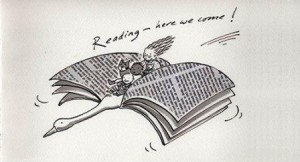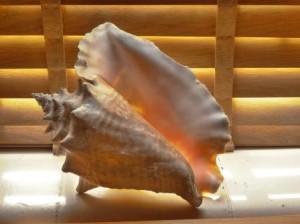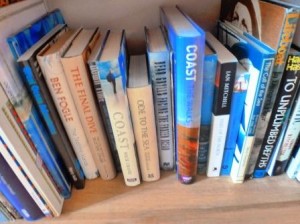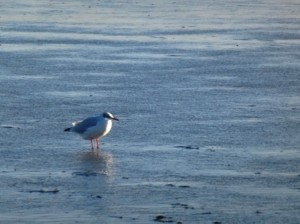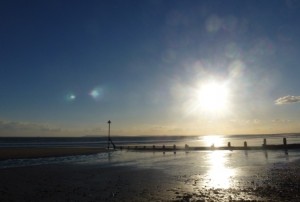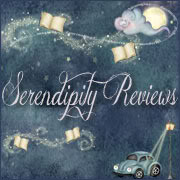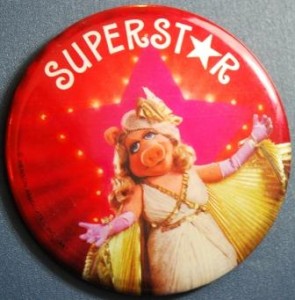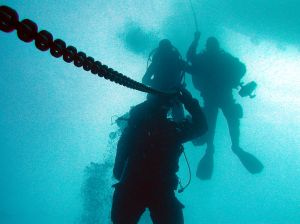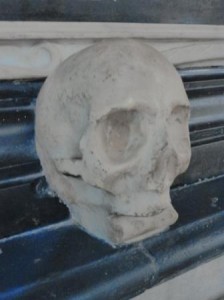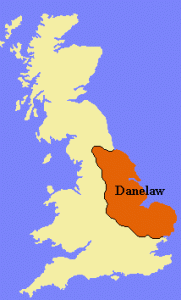On Tuesday at 4pm I launched the shared website http://seamagic.org/. I decided not to wait till it was all organised and perfect but to plunge in.
There is a tide in the affairs of men.
Which, taken at the flood, leads on to fortune;
Omitted, all the voyage of their life
Is bound in shallows and in miseries.
On such a full sea are we now afloat,
And we must take the current when it serves,
Or lose our ventures.
It has to be said I have a lot to learn. I’m only the curatrix and do have the wonderful technical support of my son, but I do find not being in complete control rather disconcerting.
I shall have to trust that the collective purpose of all the contributors evolves over time. I shall have to trust that readers will enjoy what we are doing and return often to see the daily new posting – and I will have to trust that there will be material to curate day after day.
I have to trust because I can’t and I shouldn’t do it all. I would end up stretched, like butter scraped over too much bread* . I worry about too much multitasking and I tend to agree with this article about the benefits of focus. All I can do is trust in my instinct that since my Work-in-Progress comes from the core of my being, all the other things are peripheral – satellites, if you like.
So all you writers, scientists, poets, painters, jewellery-makers, photographers, wild swimmers, scuba divers, fishermen & sailors who are fascinated by the sea …
*This week’s LOTR quotation for fellow Tolkienites.

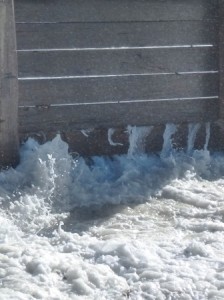

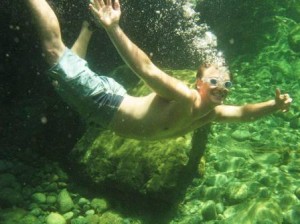
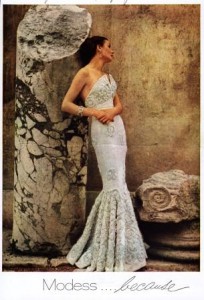


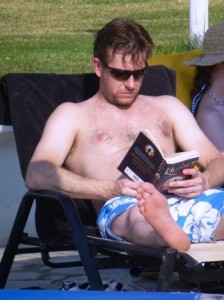
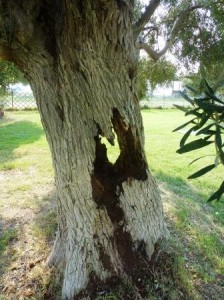
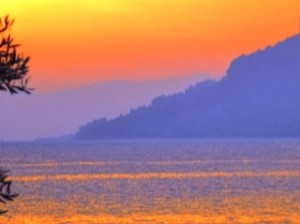
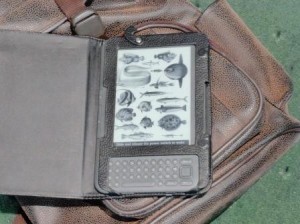

![AWIB-ISAW: The Well at Kom OmboA deep well at the Ptolemaic temple at Kom Ombo, which functioned as a nilometer. The well is also thought to have been used in the ritual worship of the crocodile. by Iris Fernandez (2009)copyright: 2009 Iris Fernandez (used with permission)photographed place: Omboi (Kom Ombo) [http://pleiades.stoa.org/places/606346]Published by the Institute for the Study of the Ancient World as part of the Ancient World Image Bank (AWIB). Further information: [http://www.nyu.edu/isaw/awib.htm].](http://kmlockwood.com/wp-content/uploads/2012/09/Okombo_well_Iris_Fernandez_InstituteForTheStudyOfTheAncientWorld-300x224.jpg)
